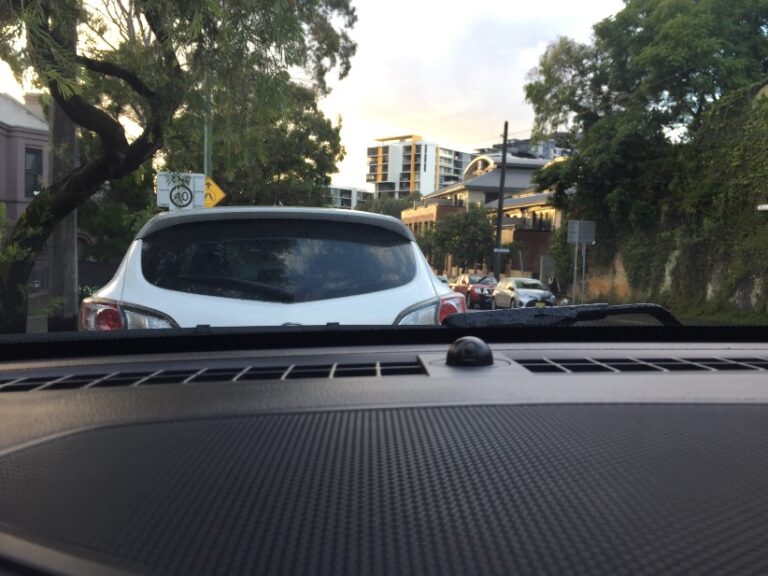– By Rod Fuller –
Dash camera sales have exploded in recent years, everyone on the road today from cyclists to grey nomads towing a caravan has one.
The footage they produce is undeniable, proof of who was at fault and with GPS on most cameras how fast they were going and where. They also provide a never ending source of incidents for TV shows like “Car Crash TV”. But how can fleets make use of this technology?
The obvious benefits are that they record every movement of the vehicle’s use, like having the Fleet Manager sitting in the vehicle at all times, noting speed, location and how the vehicle is being driven (this may be a concern for some fleet drivers).
The benefits don’t stop there. Even when the car is parked,the camera records, so when an errant motorist backs their car into yours before driving off (without leaving a note), there’s a fair chance that the camera will capture their licence plate and proof of the incident.
Most quality cameras record to an SD card so the footage can be easily downloaded onto a computer, but many also have WiFi functionality that will allow you to view or share the footage on you smart phone.
Recently Fleet Auto News published an article about the benefits of fleets purchasing higher specification vehicles with extra safety features and the latest driver aids. It stated that it could be more cost effective for fleets to do so. The higher initial cost of the vehicle being offset by potentially less accident costs for minor incidents over the vehicle’s life.
This is a great idea when purchasing new or replacing existing fleet vehicles, but doesn’t help the traditional ‘poverty pack’ models that are already there in the vehicle fleet.
The solution may now be here – The Dash Cam. Immediately I hear a chorus go up that cameras won’t help, as they only record what happened and who may be fault. The camera won’t help prevent an incident (except through improved driver behaviour when they know they are being recorded) only record the incident happening. Well, not any more.
Recently I had cause to upgrade the Dash Cams in my own car, I selected the iRoad V9, a 2 Channel system (front and rear recording) with WiFi and Full 1920x1080p HD recording. But this new generation of camera also came with some new features I’d not seen previously. This camera has ‘night vision’ vastly improving the quality and clarity of the HD recordings in low light conditions, but more importantly it comes with ADAS (Advanced Driver Assistance System).
The ADAS system is standard in this Dash Cam and will provide the driver with audio and visual alerts for lane departure, frontal collision and front vehicle departure.
Lane departure (LDWS) – The front camera of the system recognises the road lane in real time and will notify the driver via an audible warning, should the vehicle begin to stray outside the lane.
Forward collision (FCWS) – The camera calculates the average distance to the vehicle in front and will warn the driver in advance when they reach the range of a safe breaking distance in order to prevent a collision.
Front vehicle departure (FVDW) – When stopped in traffic, this feature will provide an alert tone to signal the vehicle in front of you has begun moving away.
I paid around $800* (Retail) for this camera system fully installed, but I image fleets could negotiate a cheaper deal. But even at $800, the cost saving potential of having not only the camera but the driver aid system in a fleet vehicle is huge.
sgfleet’s Accident Management Benchmark shows that fleet customers spend an average of $1048 per vehicle on vehicle repairs.
These cameras also can be fitted to any vehicle, new or existing and obviously as an aftermarket fitment, could also be moved from vehicle to vehicle as the vehicle fleet changes.
Now when you consider the cost for installing a camera system with driver aids, is lower than the average cost of repairs, if it helps avoid one incident, it has more than paid for itself.
This means for a modest outlay, small or medium vehicle fleets such as local councils or small/medium businesses could gain the advantages of driver aids in their existing as well future fleet vehicles.
* – I paid for the iRoad V9 personally, and no incentive was paid/received or requested in writing this article






